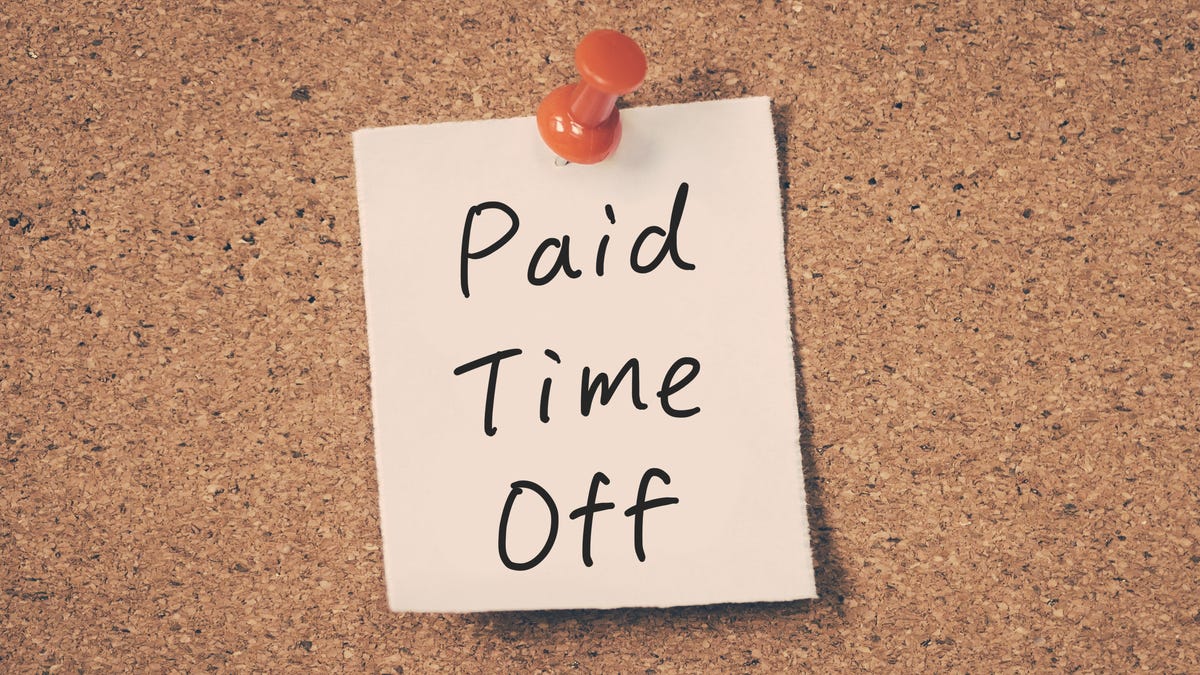LATEST FINANCIAL NEWS
‘The impossible choice’: Without paid leave, people of color often must choose between a paycheck and caregiving
Why child care is expensive and hard to reformHere’s why the U.S. child care system is so expensive and why it’s difficult to change.Just the FAQs, USA TODAYWhen her husband became ill nearly two decades ago, Tameka Henry often had to take off a week or more every month to care for him and their children. That meant losing hundreds of dollars in income needed to buy groceries and pay bills because her jobs caring for people with disabilities didn’t offer paid leave.In December, when she and her daughter contracted COVID-19, Henry once again had to go without pay as she recuperated at home. Now, though she is still dealing with the fatigue and other lingering effects of the virus, Henry goes to work anyway. “I needed it before the pandemic,” Henry says about the ability to take time off with pay. “Now that it’s a pandemic, it’s even more clear we really need it … It’s tough having to choose between your life and your livelihood.” People of color, who were more likely to die and lose their jobs during the COVID-19 crisis, were also less likely to have access to paid leave. That benefit would enable them to take time off to care for themselves and their families during the pandemic, a new report found. Save better, spend better:: Money tips and advice delivered right to your inbox. Sign up hereAmong workers, 50% of Latinos and 37% of African Americans say their employers did not offer time off with pay, compared with 34% of white employees, according to the report from the National Partnership for Women & Families, citing pre-pandemic data from the U.S. Bureau of Labor Statistics. “Women and people of color are forced to make the impossible choice between caring for themselves or a loved one, or a paycheck,” says Erika Moritsugu, vice president of government relations and economic justice for the NPWF.Clara Vasquez says that in her last job as a home health aide, she would cobble together hours a month at a time to take care of her and her family’s needs.By the end of the year, if she never took a day off, she’d have about a week of personal time — nowhere near enough to care for and supervise her seven-year-old son when his school was shuttered because of the coronavirus crisis. She recently took a new position at a pre-school in Granger, Washington, that gives her the paid leave she needs to deal with the unique challenges sparked by the health crisis.”I could be with my family,” Vasquez says, “and still get some money to pay bills and buy groceries.’’ From stimulus checks to Tax Day: Answers to your questions about IRS changes, COVID relief and moreWhere’s my stimulus check: Use IRS ‘Get My Payment’ tool to find the status of new COVID relief paymentsNo national paid leaveThe U.S. is one of the few nations in the world to not have a national paid leave policy. With the decision to provide that benefit largely left to employers, nearly 80% of private-sector workers do not have paid family leave through their jobs to care for a new child or other loved one. The consequences of that gap are more critical for Black, Latino, Asian and Indigenous workers who tend to earn lower wages and experience higher rates of unemployment as well as to be out of work for longer periods of time. “The workers who are paid the least and have the least savings and …other assets to fall back on are often the same workers in these jobs where employers aren’t stepping up to provide basic benefits like paid leave,’’ says Jessica Mason, senior policy analyst with the NPWF and one of the report’s authors.During the COVID-19 pandemic, women of color have disproportionately worked in jobs that put them at risk of contracting the virus. “At the same time, they are more likely to have caregiving needs at home,” Mason says. That “places those women in the incredibly difficult position of deciding whether to be there for the family … or at the job that puts food on the table.”A survey cited in the report that was taken from September to October and co-sponsored by the National Employment Law Project, found that 28% of Latina women had taken days off without pay or quit a job to take care of a child or elderly relative. That was compared to 27% of Black women, 12% of white women and 12% of men.”We’ve seen much higher rates of housing insecurity with people unable to make rent or mortgage payments, and food insecurity,” Mason says of the pandemic. “All of those hardships are falling much more heavily on communities of color.’’Even when employers do have paid leave policies, the decision to grant time off often varies according to who is asking for it, the report found. Among Black employees who participated in the survey taken last fall, nearly 3 in 10 said their requests have been turned down as compared to 9% of white workers.”Their employer can prevent them from taking it, or retaliate,” Mason says. “In the middle of a pandemic … those are disparities putting the health and well being of workers of color at risk.’’’I’m literally breaking inside’: As COVID-19 leaves millions jobless and struggling, the mental health toll risesUnpaid leave shuts out many people of colorThe Federal Family and Medical Leave Act offers job protection to workers who take unpaid leave. But it applies to only roughly 50% of workers and its rigid guidelines often leave out many employees of color, according to the NPWF. For instance, the law only applies to workplaces with at least 50 employees, and workers must have been on the payroll for at least a year and have worked at least 1,250 hours to qualify.Women in general, women of color, and Black and Latino men are more likely to be given part-time shifts even if they ask for full-time hours, according to the report. And it’s particularly hard for Black and Latino workers to have longevity on the job when they tend to be laid off first during recessions and have more difficulty finding work because of bias, the NPWF says. Will you get the $1,400 check?: $1,400 checks are coming in the new coronavirus relief bill. Here’s who will get them, and who won’t.General Motors teams up: General Motors forms joint venture to pursue batteries for longer-range electric vehicles”When you take all of those things together, it disproportionately excludes Latinx, Asian American and Native American and Black workers,” Mason says. Native American, Pacific Islander and multiracial employees are 100% more likely than their white peers to be unable to take time off when they need to, according to the NPWF report. Black employees are 83% more likely and Latino workers are 66% more likely than whites to face the same dilemma.The primary reason is that they cannot afford to take time off without pay. Fear of being fired is also a key concern, the report’s researchers say.Lost pay and jobsHenry, who lives in Las Vegas, says she lost a series of jobs when employers grew frustrated with her needing to take off to care for her family. And the wages she lost when she had to stay home sometimes meant trips to food pantries and making special payment arrangements to handle bills. In her current job working for a small nonprofit, Henry says she has an understanding boss and she doesn’t worry about losing her job. But Henry still doesn’t have paid leave. She lost roughly a month’s worth of wages when she and her daughter caught COVID-19. She’s already used up all the sick days she had for this year as she copes with COVID-19’s side effects. “There are some days where I’ll make it here to work and … you are just so fatigued,” Henry says. “But you have to sit here and try to make it through because you need to be able to take care of your family.”Road to paid leave Ten states and Washington D.C. have passed bills providing paid family and medical leave, and several more states have pending legislation, but a national policy would be the best way to help erase inequities, advocates say. “We’re all sitting on top of … a history of slavery, of inequitable immigration patterns, of colonization,” Mason says. “All these things over time have shaped our labor market in really important ways … Leaving it up to individual employers to try to right those historical wrongs and somehow individually cobble together this critical safety net for employees has never worked, and it’s especially not working now.’’State-wide policies have provided a national model. This year nearly 200 members of Congress introduced The Family Act, a bill co-sponsored by U.S. Representative Rosa DeLauro (D-CT) and U.S. Senator Kirsten Gillibrand (D-NY), that would create a national paid family and medical leave program, says Moritsugu. It’s a policy Vasquez hopes to see.“We are all essential workers no matter what job we do,” she says. “And this will help all the families in the country who are struggling (so they) do not have to decide whether to go to work or to choose family.’’Follow Charisse Jones on Twitter @charissejones
Source link









